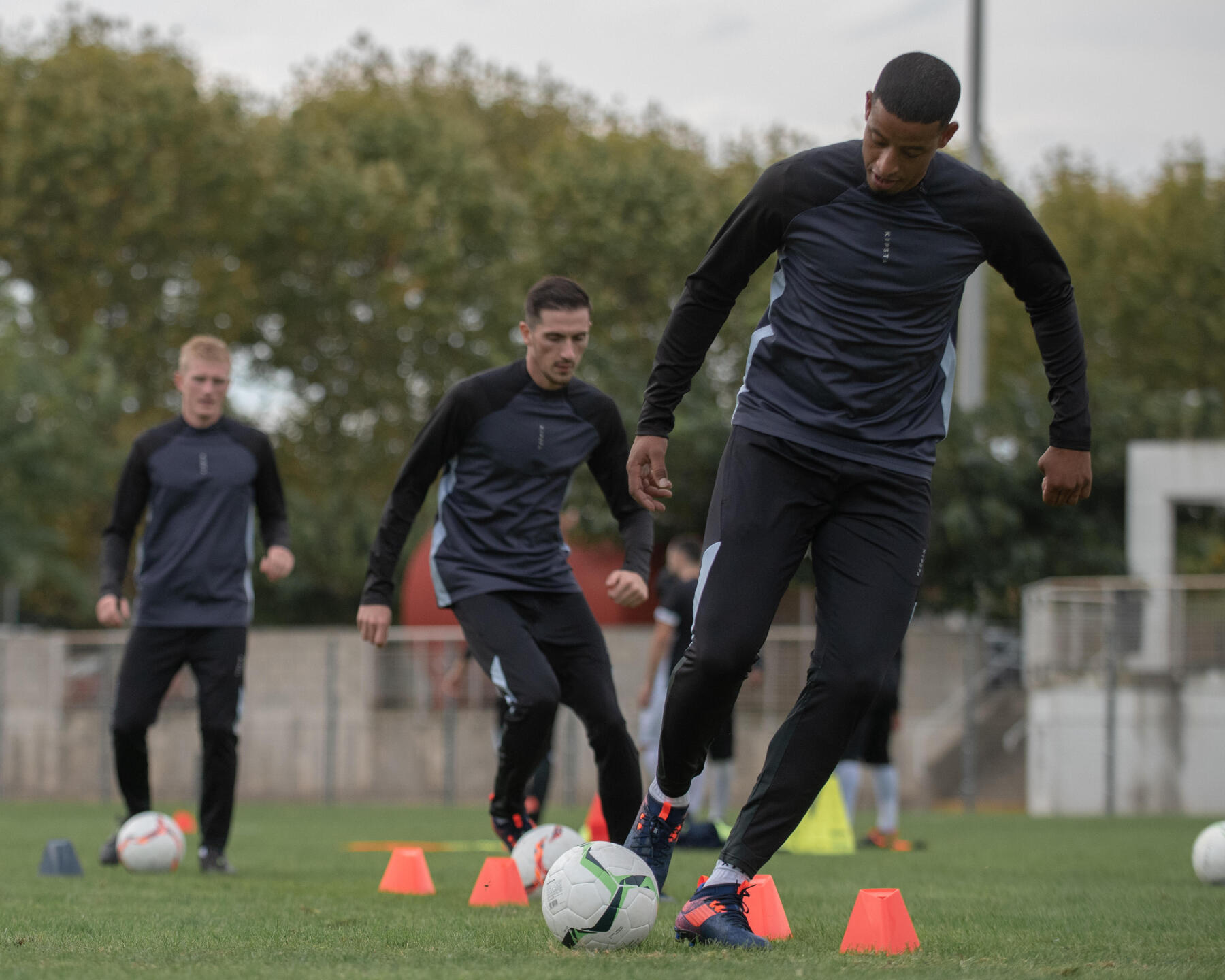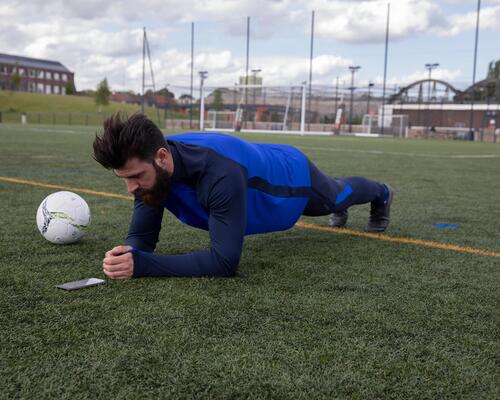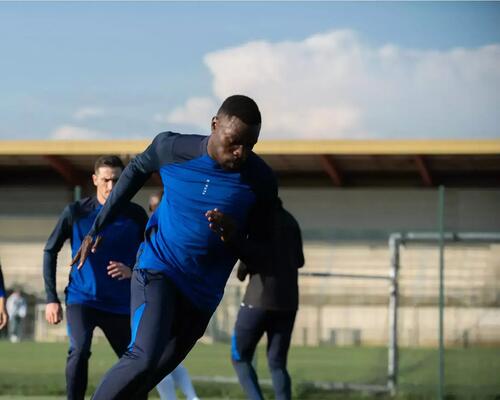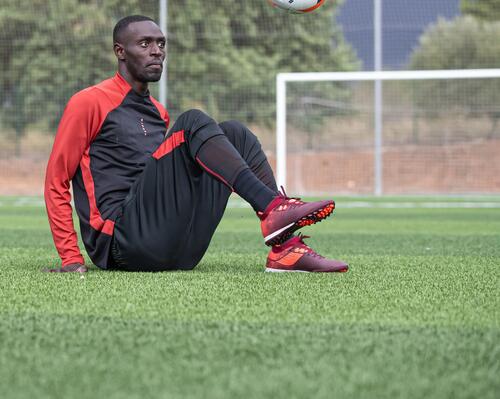Physical preparation
Let's start by talking about the close season, that period between the end of one league campaign and the start of another. It's a time when players can recover mentally and physically and recuperate from any end-of-season injuries.
Following a rest period of eight to 14 days, it involves a period in which players focus on building up their core attributes. This second rebuilding period will give them a base that will stand them in good stead when training resumes.
Players are advised to work on their:
coordination, agility, flexibility, dexterity, speed (intensity and step frequency), specific speed, horizontal and vertical jumps, postural training, aerobic endurance, strength (endurance), strength (elasticity), strength (speed) and strength (power), aerobic and anaerobic power.





